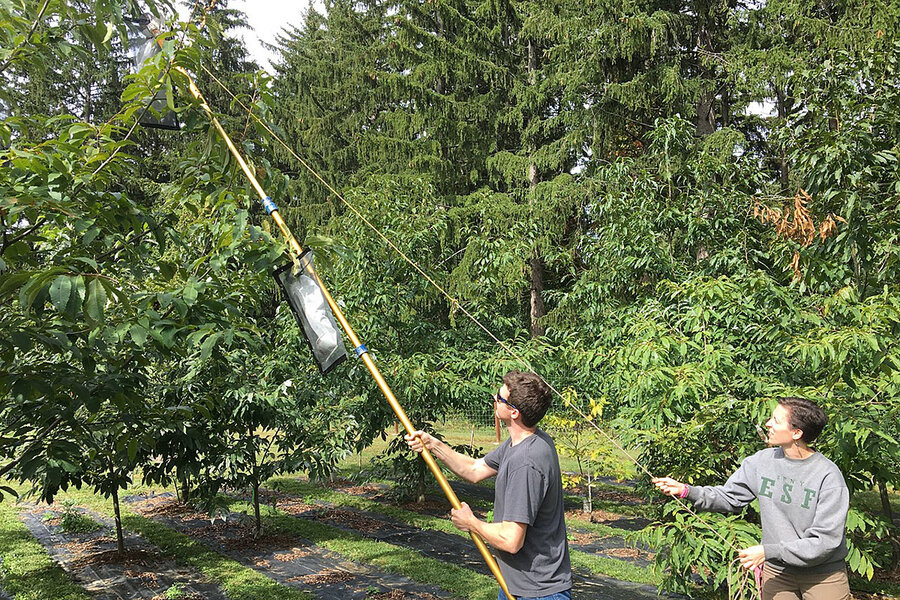Readers write: Team owner earnings, senior workers, and chestnut tree recovery
Team owner earnings, Part 2
In Colleen Hartmon Bollom’s letter regarding the May 13 cover story, “Do they make too much?,” she brought up the important issue of taxpayer subsidies for professional sports teams.
This is a topic that writer Phil Taylor and I discussed during my interview for the article, but it didn’t make it into the final version. These subsidies clearly help to inflate player salaries and owner returns.
Why We Wrote This
Letters to the editor for the July 1, 2019 weekly magazine.
While I would dispute the monopolistic claim that Ms. Bollom made in her letter, I do wholeheartedly agree with her point that teams should not seek out or receive such subsidies. Even if one were to think that the state has a role in providing industry subsidies in certain cases – for example, to provide public goods – professional sports teams are not public goods and teams do not need the subsidies to be viable.
Moreover, study after study shows that cities and states that subsidize their sports teams do not generally see the economic gains that are typically touted by subsidy supporters.
Shawn Klein
Phoenix
Senior workers
In the June 10 article “Where is the workforce really booming? Among the oldest workers,” your on-the-ground interviews are spot on. Upper management plays the public relations game, so while they say older workers are valued, lower managers do the interviewing.
And, speaking from personal experience, the “I’m not going to hire my father” look in an interviewer’s eyes is real and common.
Richard Szweda
Fairport, New York
Chestnut tree recovery
It was with great interest that I read Eoin O’Carroll’s piece in the May 20 issue of the Monitor Weekly “Can genetic modification save American chestnut? Should it?”
As a child growing up in Massachusetts, visiting my grandmother’s farm in the foothills of the Berkshires, I saw large stumps – the skeletal remains of the once-mighty American chestnut trees in her grove. It was with sadness that I learned of their demise, caused by a devastating blight decades before.
It is good to know that researchers are working to develop a blight-resistant strain of these trees. Through the efforts of these scientists future generations may once again enjoy the splendor of the “spreading chestnut-tree,” as described in Henry Wadsworth Longfellow’s poem “The Village Blacksmith.”
Andy Rockwood
Peoria, Arizona






